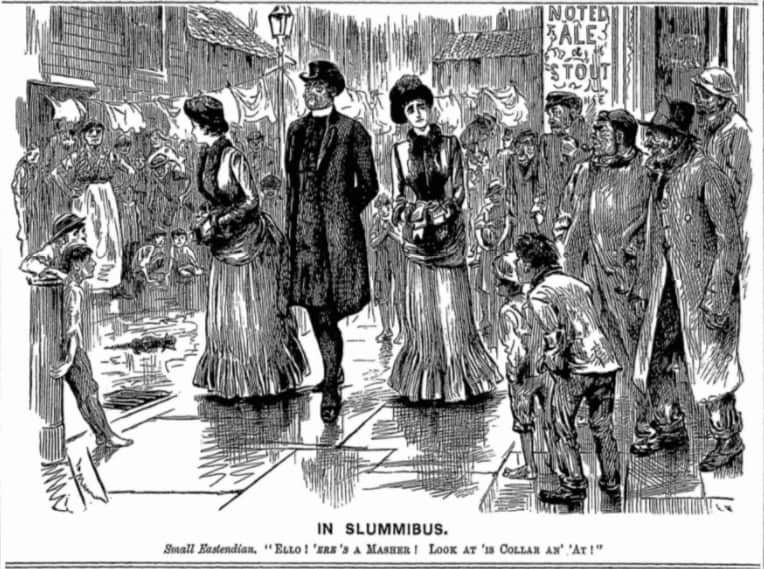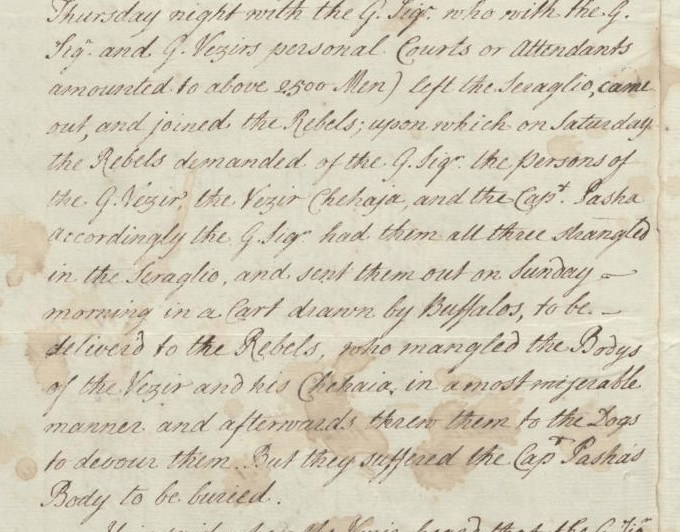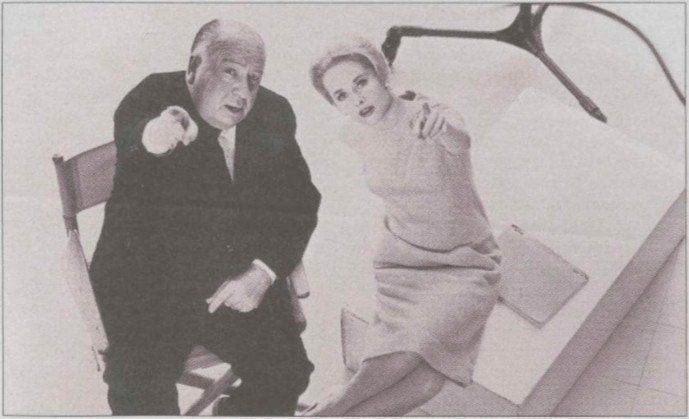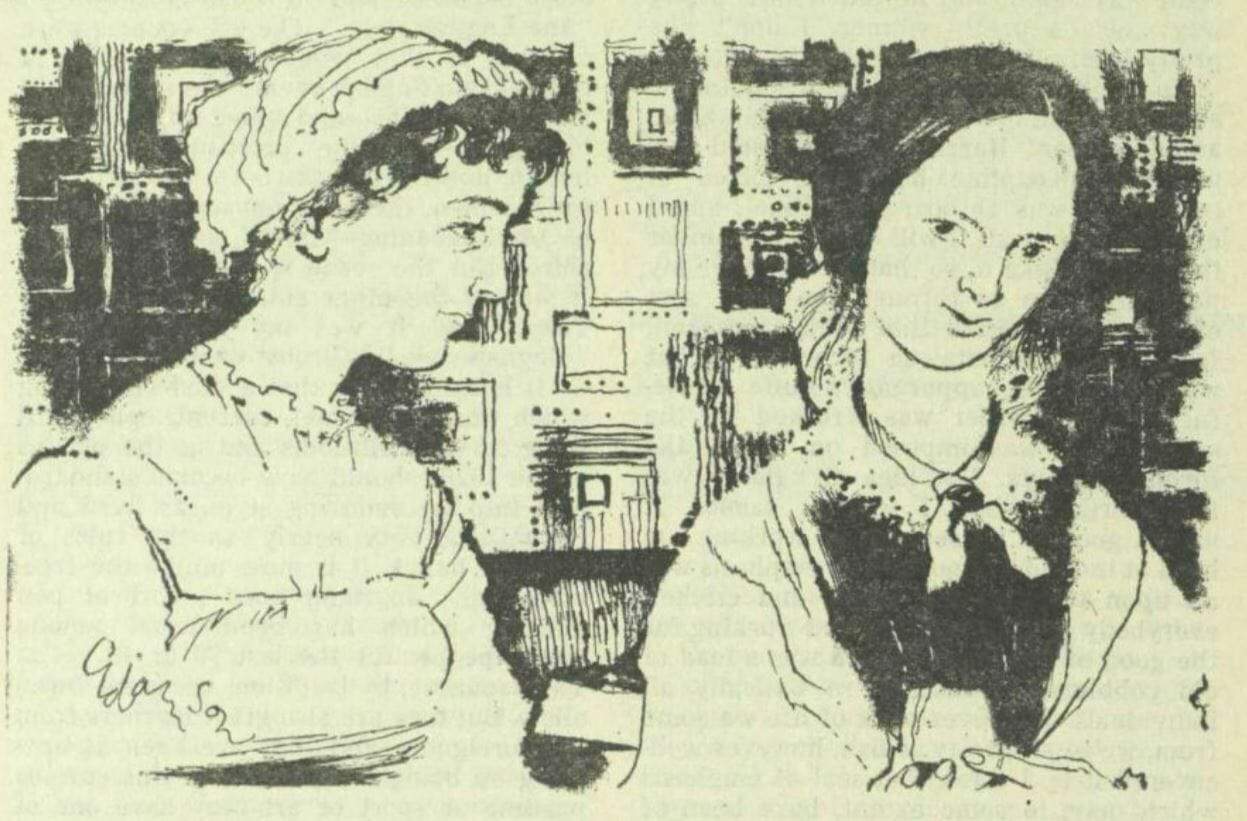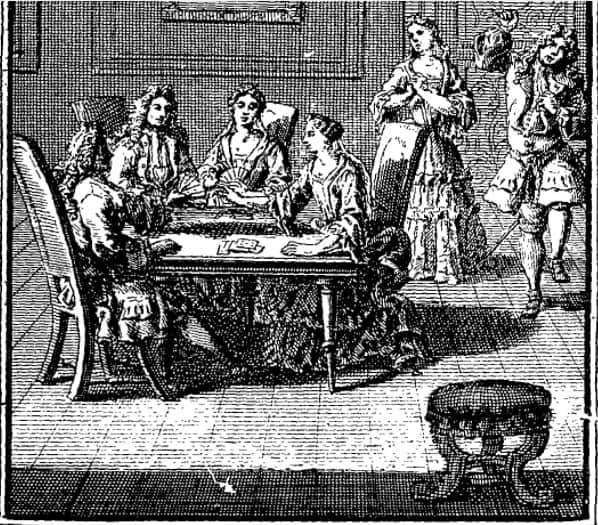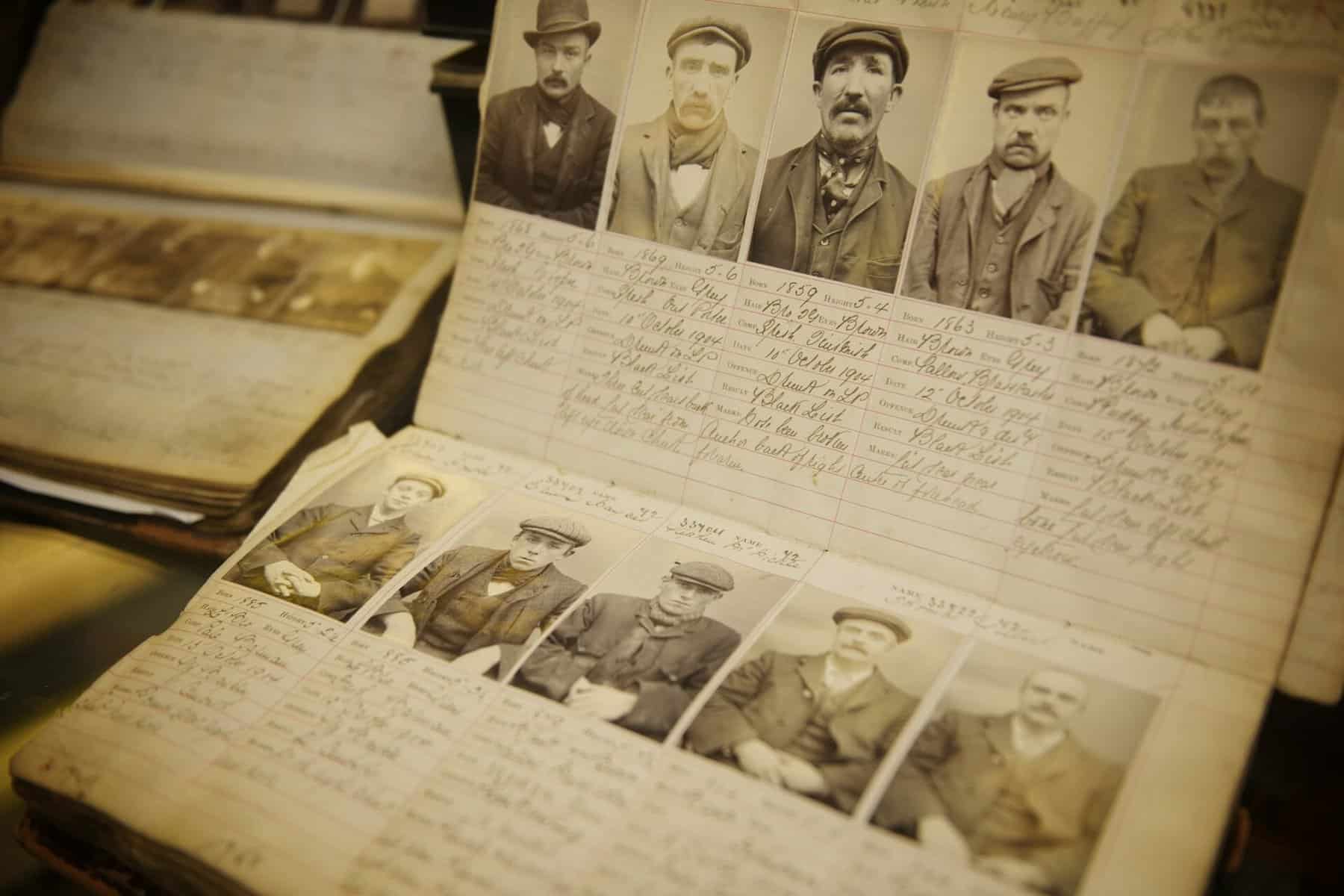By Megan Murphy, Gale Ambassador at the University of Liverpool
During the mid-nineteenth century, slums in the world’s largest metropolises (namely London and New York) became a site of continuous fascination. From Henry Mayhew’s famous ‘Labour and the Poor’ series in The Morning Chronicle, to Jacob Riis’ book length study ‘How the Other Half Live’, social commentators in both Britain and the US were captivating the minds of middle class society with their investigations into the living conditions of the urban poor. Yet what is perhaps most interesting about this fascination is the social phenomenon of ‘slumming parties’ which resulted. This phenomenon was readily reported on within the pages of both the British and US press, which I have been able to investigate through the British Library Newspapers and Nineteenth Century US Newspapers archives inside of Gale Primary Sources.

